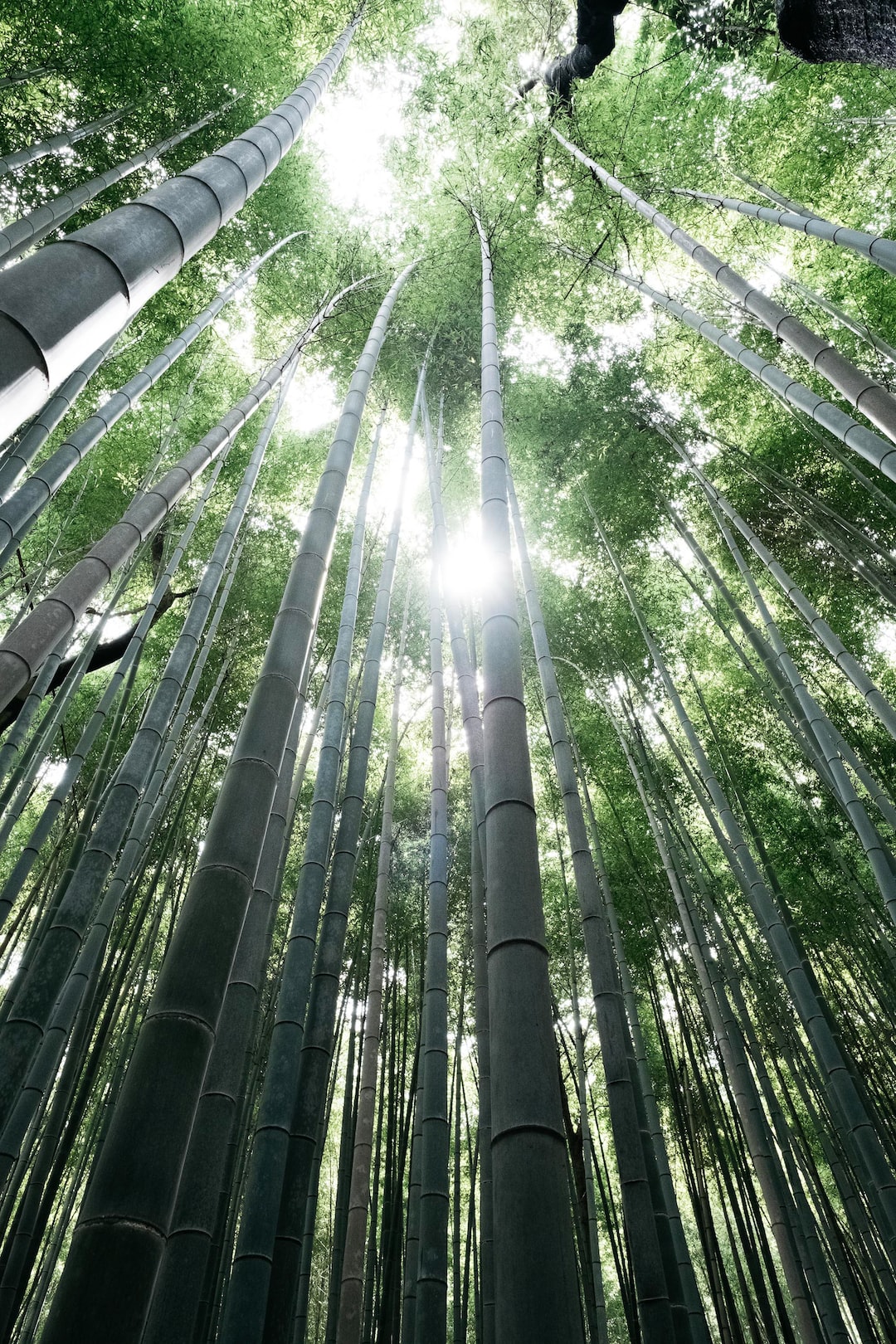Exploring the Historic Districts of Higashiyama and Gion in Kyoto
Kyoto, the former capital of Japan, is known for its rich cultural history and stunning architectural landmarks. With its numerous temples, shrines, and traditional streets, one can easily immerse themselves in the ancient charm of this city. While there are many historic districts in Kyoto, two that stand out are Higashiyama and Gion.
Higashiyama, located in the eastern part of Kyoto, takes visitors on a journey back in time. The district is filled with preserved streets and traditional machiya townhouses, giving visitors a glimpse into the city’s past. As one strolls through the narrow cobblestone streets, they will come across various souvenir shops, restaurants, and tea houses.
One of the highlights of Higashiyama is the Kiyomizu-dera temple. This iconic temple perched on the hillside offers breathtaking panoramic views of Kyoto. The main hall, built on wooden stilts, is a masterpiece of architectural design. Visitors can also explore the surrounding gardens and ponds, immersing themselves in the tranquility of the temple grounds. It is especially magical during the cherry blossom season when the temple is surrounded by a canopy of pink flowers.
Another notable sight in Higashiyama is the Ginkaku-ji temple, also known as the Silver Pavilion. While its exterior may be modest compared to the famous Kinkaku-ji (Golden Pavilion), the simplicity of Ginkaku-ji has its own allure. Surrounded by lush gardens, a sand garden, and a moss garden, the temple exudes a quiet elegance. The view from the top of the building offers stunning vistas of the surrounding mountains and Kyoto city.
Apart from the temples, Higashiyama also boasts countless traditional shops and teahouses where visitors can experience Japanese tea ceremonies and indulge in local delicacies. Walking through the district, one can catch glimpses of geisha and maiko elegantly walking down the streets, adding to the district’s charm and mystique.
Moving to the neighboring district of Gion, one enters the world of traditional entertainment and geisha culture. Gion is known as Kyoto’s entertainment district, with its old wooden buildings and cobblestone streets creating an atmosphere reminiscent of the past.
A visit to Gion is not complete without a stroll down Hanami-koji street, the main street of the district. Hanami-koji is lined with traditional ochaya (teahouses) and restaurants. At dusk, the street comes alive with the soft glow of lanterns, creating a magical ambiance. With luck, one may even catch a glimpse of a geisha or maiko making their way to an appointment.
For those seeking a deeper understanding of geisha culture, the Gion Corner is a must-visit. At this cultural center, visitors can witness performances of traditional Japanese arts, including tea ceremonies, flower arrangement, and music. It provides an opportunity to gain insight into the refined world of geisha, which has been a symbol of Kyoto’s traditional culture for centuries.
For those looking to learn more about Kyoto’s history, the Yasaka Shrine is a must-see. Located at the heart of Gion, the shrine is one of the most famous in Kyoto. Its iconic vermilion gate, known as the torii, greets visitors as they enter the precincts. The shrine is particularly vibrant during Gion Matsuri, one of Japan’s largest and most well-known festivals held in July.
Exploring Higashiyama and Gion offers a glimpse into Kyoto’s rich cultural heritage. From the ancient temples and preserved streets of Higashiyama to the geisha culture and traditional entertainment of Gion, each district has its own unique charm. Immerse yourself in the history and beauty of these districts, and you will undoubtedly feel the essence of Kyoto’s past captured within their enchanting streets.

